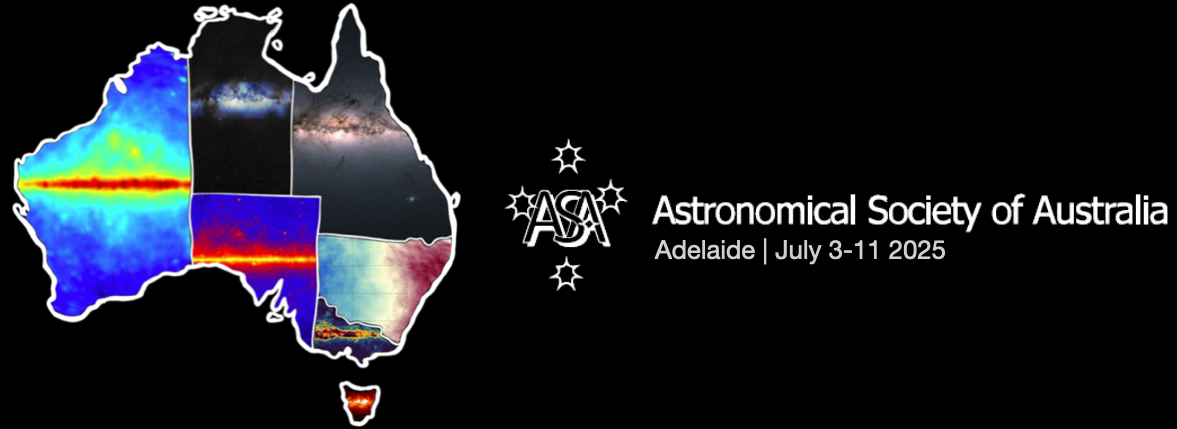Speaker
Description
The initial mass function (IMF) describes the distribution of stellar masses in a newly formed stellar population and is fundamental to the study of star and galaxy formation. Over the past decades, a growing body of evidence has supported the need for a variable IMF. Understanding the IMF’s characteristics across spatial scales and the factors driving its variability remains a key objective in astrophysics. In this work, spatially resolved spectroscopy is used to examine the high-mass IMF slope of star-forming galaxies from the SAMI survey. The Kennicutt method and stellar population synthesis models are applied to estimate both the spaxel-resolved ($\alpha_{res}$) and galaxy-integrated ($\alpha_{int}$) high-mass IMF slopes. A near 1:1 relationship is observed between $\alpha_{res}$ and $\alpha_{int}$ for $\alpha_{int} \gtrsim -2.7$, alongside significant internal variation in $\alpha_{res}$ distributions. To investigate the drivers of this variability, correlations between IMF slope and both star formation rate (SFR) and SFR surface density ($\Sigma_{\rm{SFR}}$) are analysed. Results show a strong trend, with flatter/steeper slopes linked to higher/lower SFR and $\Sigma_{\rm{SFR}}$, consistent across resolved and integrated scales. These findings support a scenario in which high-mass star formation is enhanced in regions of concentrated star formation, possibly due to reduced molecular cloud fragmentation and more efficient accretion. Building on these results, a follow-up project will focus on the low-mass end of the IMF in star-forming galaxies using an approach based on stellar population synthesis.

